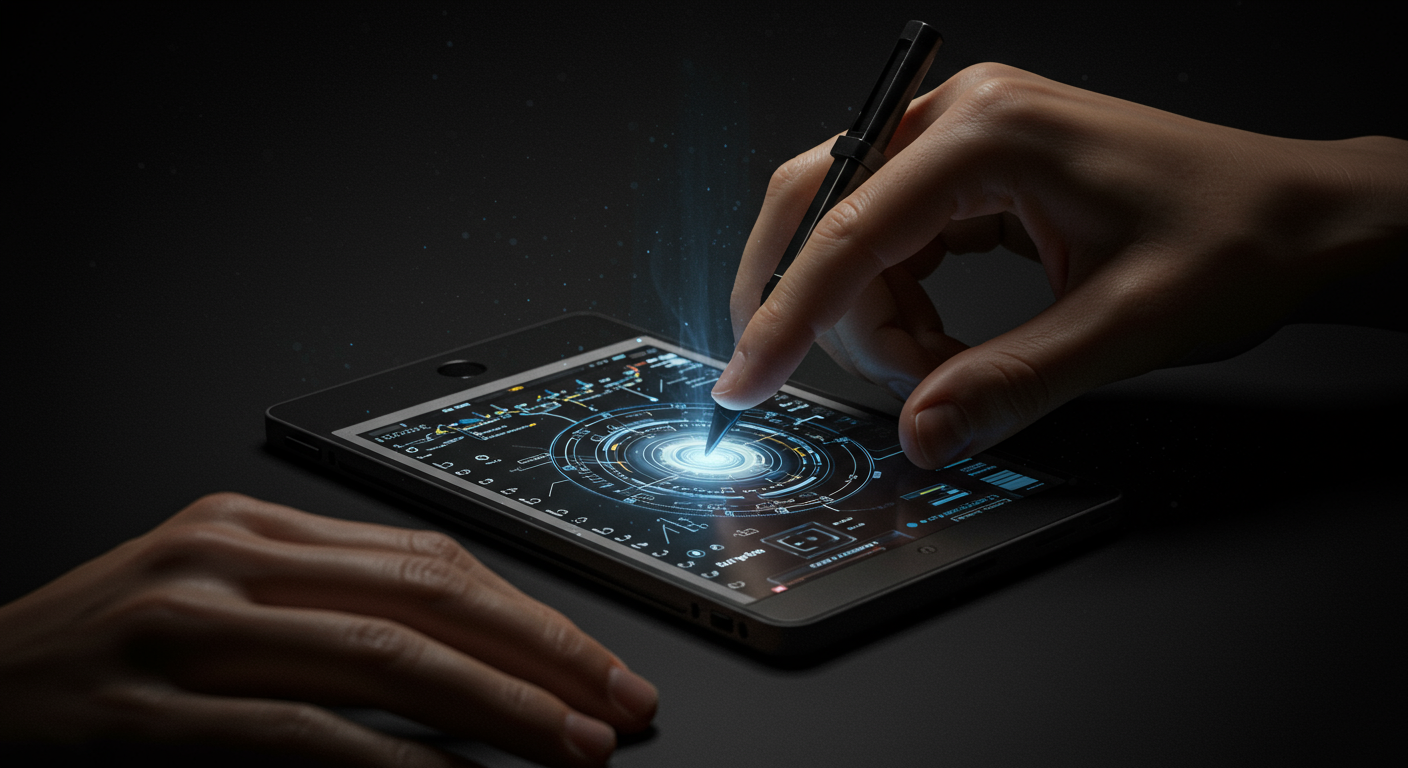Digital Stylus and Tablet Roles in Contemporary Drawing Technology
The rise of pressure-sensitive pens and responsive tablets has reshaped how people create visual work, from sketching to technical illustration. Consumers and professionals now select combinations of hardware and software that suit workflow needs, whether they value tactile feedback, low latency, or cross-device compatibility. Understanding how a digital stylus pairs with a tablet and the surrounding technology helps buyers and users make informed choices about tools for drawing, note-taking, and design.

digital stylus: What differs from a regular pen?
A digital stylus is designed to translate physical motion into digital input, often with pressure sensitivity, tilt recognition, and programmable buttons. Unlike a conventional pen, a stylus interacts with a touchscreen or digitizer layer to send precise signals about position and force. This data allows software to vary line width, opacity, or brush dynamics during drawing. Some styluses are active (powered, with electronics) and require pairing, while others are passive and rely on screen technologies. Choosing the right stylus depends on compatibility with your tablet, the level of sensitivity you need, and ergonomic preferences.
pen: Which features affect precision?
Pen-related features that influence precision include pressure levels (commonly measured in steps like 4,096 or more), nib design, tilt detection, and latency. Higher pressure resolution enables finer gradations in stroke thickness without changing hand pressure drastically. Nib material and shape can affect drag and the tactile feel against a screen protector or glass. Lower latency—how fast a stroke appears after making it—reduces the sense of disconnect when drawing. For tasks that require accuracy, such as technical drawing or detailed shading, these pen attributes can make a meaningful difference in control and comfort.
tablet: How do screens and sensors matter?
Tablets integrate several elements that shape drawing performance: display type, refresh rate, digitizer technology, and screen coating. OLED or high-contrast LCD panels influence color accuracy and viewing comfort, while higher refresh rates can reduce perceived latency. The digitizer—the layer that senses the stylus—determines compatibility and the fidelity of input. Some tablets include built-in tilt and pressure handling tuned to specific styluses. Screen coatings mimic paper texture or reduce glare, impacting how the pen tip slides. For many users, balancing display fidelity with input responsiveness is key to a satisfying drawing experience.
technology: What recent advances help stylus use?
Recent developments in Bluetooth pairing, low-power electronics, machine learning, and software integration have improved stylus functionality. Adaptive smoothing algorithms reduce jitter in freehand strokes, and predictive rendering can anticipate motion to lower apparent lag. Haptic feedback and refined tilt recognition enable more natural brush behaviors that emulate traditional media. Cloud-synced settings and customizable button mappings let users preserve profiles across devices. These technological refinements make the combination of pen and tablet more versatile for illustration, animation, and annotation tasks without necessarily increasing complexity for everyday users.
drawing: How adapt techniques for digital tools?
Digital drawing combines traditional skills with software-specific workflows. Artists often adjust pressure and wrist motion to exploit pressure sensitivity, while using layers and undo functions to experiment more freely. Brushes can simulate pencils, inks, or paints, so learning how digital brushes respond to pressure and tilt is important. Familiar techniques—cross-hatching, blending, and edge control—translate differently on a tablet; for instance, blending often uses dedicated tools or smudge brushes rather than physical smearing. Practicing with keyboard shortcuts or programmable pen buttons speeds up routine actions and helps maintain creative flow.
The transition from analog to digital tools typically involves an adjustment period, but the combination of a suitable stylus, a responsive tablet, and up-to-date software can broaden creative possibilities while preserving many core drawing principles. Selecting gear that matches your daily needs—whether sketching on the go or working on detailed studio pieces—will influence comfort and output quality.
Conclusion
Digital styluses and tablets are components of a broader drawing ecosystem that includes display technology, sensor fidelity, and software behavior. Understanding differences in pen features, tablet digitizers, and recent technological improvements helps users choose the right tools for their practice. With deliberate selection and adaptation of techniques, digital drawing offers precise control, flexible workflows, and a range of expressive possibilities that align with many creative and professional needs.





